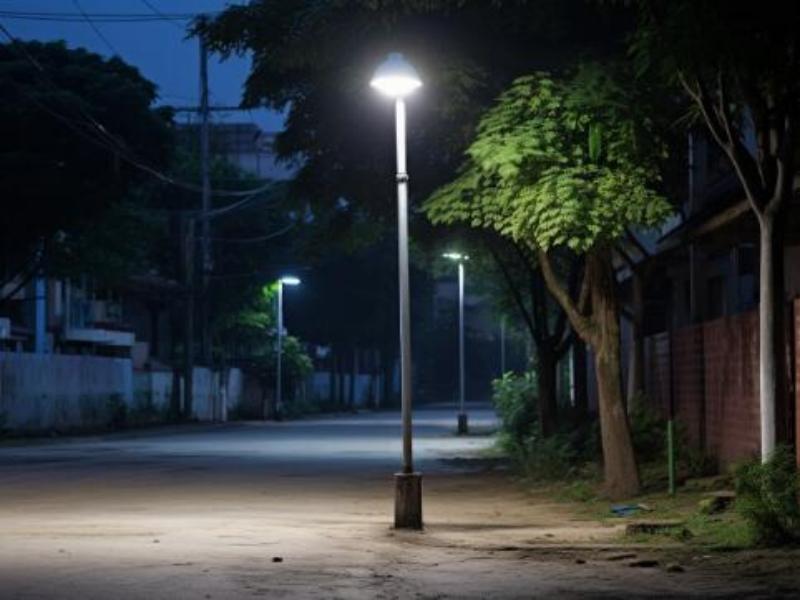Light pollution has become a growing concern in urban areas, and residential street lights have come under scrutiny for contributing to the problem. Light pollution not only affects our perception of the night sky, it also has negative impacts on human health and the environment. So, will residential street lights cause light pollution? Let’s delve deeper into this issue.
First, it’s important to understand what light pollution is. Light pollution is excessive or misdirected artificial light that brightens the night sky, causing degradation of the natural environment and adversely affecting the visibility of stars and other celestial objects. While some level of lighting is required for safety and security, too much artificial light can have harmful effects.
Residential street lights are an important part of cities and suburbs. They provide lighting for pedestrians and motorists, making driving on streets and sidewalks safer at night. However, the widespread use of bright, unshielded lights can lead to light pollution. If not designed or installed properly, residential street lights can emit excessive glare and cast light into unwanted areas, such as upward into the sky.
One of the main ways residential street lights contribute to light pollution is through the phenomenon of “sky glow.” Sky glow occurs when artificial light reflects and scatters particles in the atmosphere, creating a brightening effect over a large area. This blocks the view of stars and planets and disrupts the natural rhythms of nocturnal wildlife. In cities and suburbs, sky glow is especially noticeable due to extensive artificial lighting, including residential street lights.
Another type of light pollution caused by residential street lights is “light trespass.” Light trespass occurs when artificial light spills into unwanted areas, such as neighboring properties or natural habitats. This can cause disruptions in sleep patterns and interfere with the behavior of nocturnal animals. The uncontrolled glow of residential street lights can also cause a phenomenon known as “glare,” reducing visibility and causing discomfort to pedestrians and drivers.
So, how to reduce the impact of residential street lights on light pollution? One solution is to use “fully screened” or “cutoff” luminaires, which are designed to direct light downwards and minimize glare and light intrusion. By using these types of fixtures, the light from residential street lights can be better controlled and restricted to areas where it is needed, thereby reducing the potential for light pollution.
In addition to using the appropriate light fixtures, it’s important to consider the color temperature of the light emitted by residential street lights. The color temperature of light is measured on a scale of Kelvin (K), with lower values representing warmer, yellowish light and higher values representing cooler, bluish light. Lamps with higher color temperatures are associated with increased levels of light pollution. Choosing lights with a higher color temperature can help minimize the impact on the night sky and adjacent surroundings.
Additionally, implementing smart lighting technology can help reduce overall energy consumption and light pollution caused by residential street lights. By using sensors and automation to adjust the brightness and timing of street lights, energy can be saved while still ensuring safety. These technologies can also further reduce the potential for light pollution by being programmed to dim or turn off lights late at night when there is less activity on the streets.
Overall, while residential street lights are necessary for public safety and security, they can cause light pollution if not designed and managed properly. The impact of residential street lights on light pollution can be minimized by using fully shielded luminaires, choosing warmer color temperatures, and implementing smart lighting technologies. Communities must consider these factors when planning and maintaining outdoor lighting infrastructure to protect the beauty of the night sky and minimize the negative impacts of light pollution on human health and the environment.
If you are interested in residential street lights, welcome to contact Tianxiang to get a quote.
Post time: Jan-11-2024





